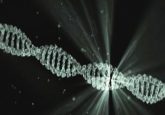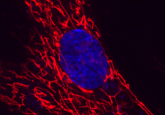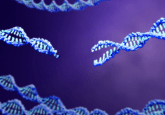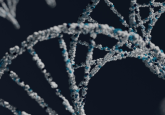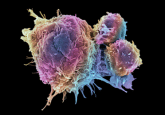Expanding the reach of gene editing
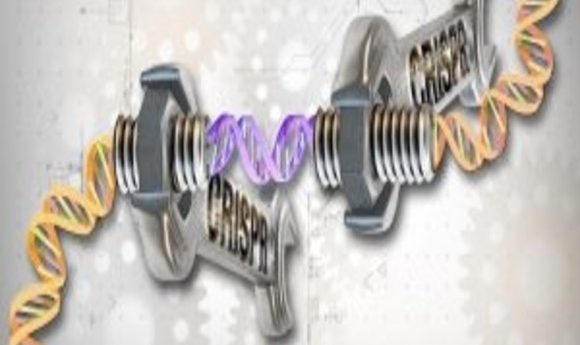
Researchers at MIT have found a new Cas9 enzyme that can target far more positions on the genome than has previously been possible.
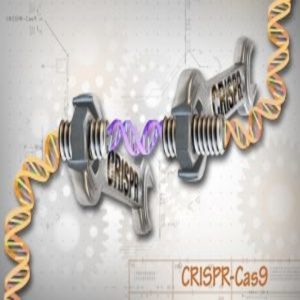
Recent research conducted at MIT (MA, USA) has discovered a new Cas9 enzyme that will greatly increase the number of potential targets in the genome for future CRISPR-Cas systems. The study, led by Joseph Jacobsen (MIT), was designed to find ways of increasing the potential scope of the gene editing tool.
The CRISPR-Cas9 system requires a protospacer adjacent motif (PAM) sequence to be present, adjacent to the target, to facilitate the recognition and binding of the Cas9 enzyme to the site. Currently, the most commonly used Cas9 enzyme, Streptococcus pyogenes Cas9 (SpCas9), requires a GG PAM sequence for recognition, limiting its action to just 9.9% of the genome.
In order to address this issue, the research team developed analysis software called SPAMALOT (search for PAMs by alignment of targets) to use in a bioinformatics search scouring the genomes of bacteria, to identify if there were any Cas9-like enzymes with less restrictive PAM sequences. They then created synthetic versions of the best matches from the bioinformatics search and evaluated their efficacy in the CRISPR system.
These tests highlighted a particularly effective enzyme with an uncanny resemblance to SpCas9, from the Streptococcus canis bacteria: ScCas9. ScCas9 only requires 1 G base for its PAM sequence, giving it a significantly larger target area in the genome than SpCas9.
“The enzyme looks almost identical to the one that was originally discovered … but it is able to target DNA sequences that the commonly used enzyme cannot,” explained co-lead author Pranam Chatterjee (MIT).
The 89.2% sequence similarity of ScCas9 to SpCas9 indicates that it should not be too difficult to integrate into current models for CRISPR-Cas9 editing systems. “The amino acid sequence of ScCas9 is very closely related to that of SpCas9, so the anticipation is that it will also prove very easy to produce in recombinant form and can directly benefit from all the developments made for SpCas9,” postulates Jean-Paul Concordet (National Museum of Natural History, Paris, France).
“In addition, ScCas9 works with the same guide RNAs as SpCas9, so it will be possible to use synthetic guide RNAs that are readily available from different companies.”
The next step for the research is to continue the search for more enzymes that could increase the range of targets for the CRISPR system while maintaining its accuracy. In the meantime, Chatterjee is optimistic that others will be able to put the new enzyme to good use in their own research: “We are excited to get ScCas9 into the hands of the genome editing community and receive their feedback for future development.”
